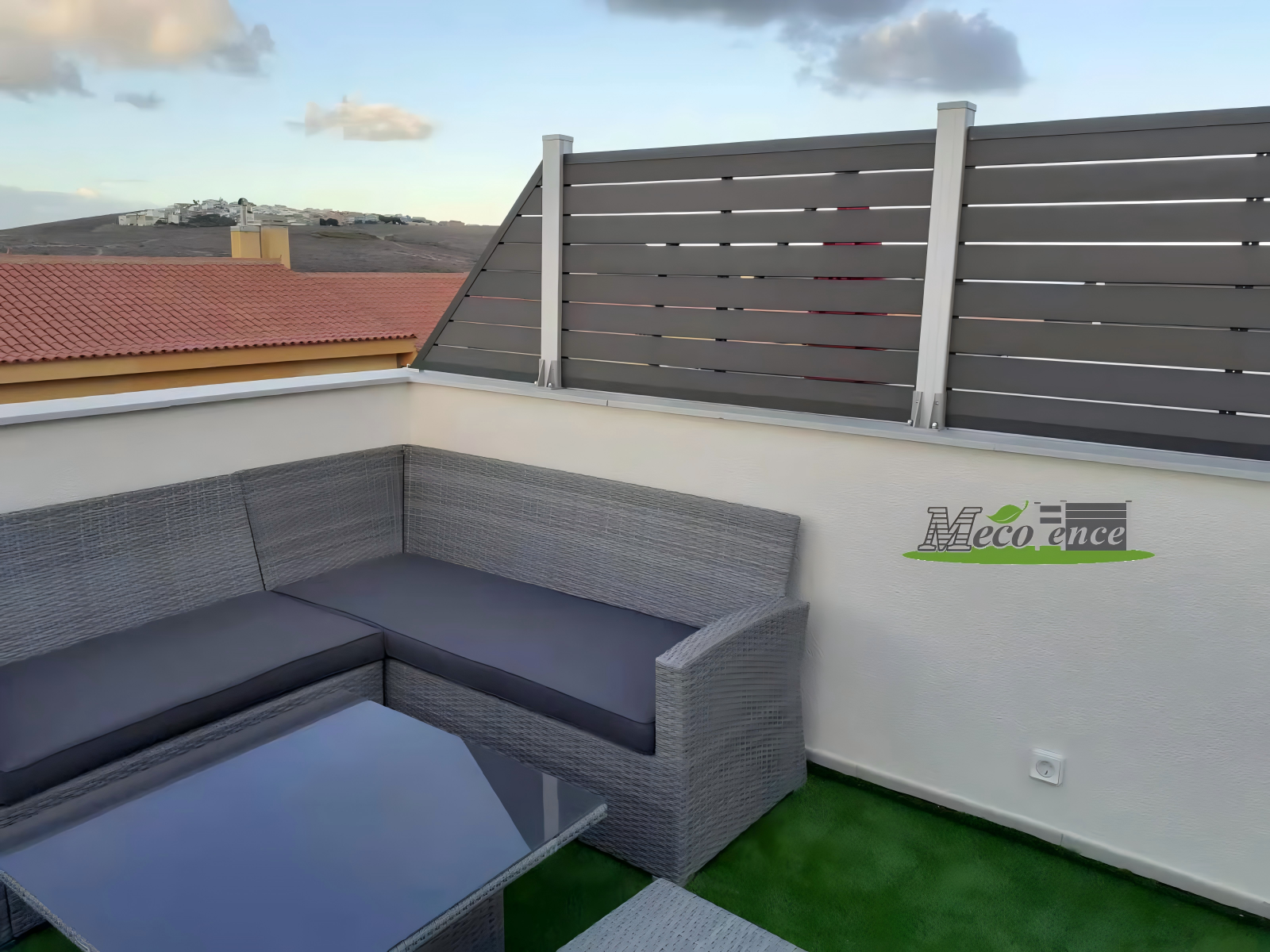Error de formato de correo electrónico
emailCannotEmpty
emailDoesExist
pwdLetterLimtTip
inconsistentPwd
pwdLetterLimtTip
inconsistentPwd


Before diving into construction, planning your DIY height composite fence panel project is crucial. Start by measuring your yard and determining the exact length of fencing you'll need. Consider any obstacles like trees or uneven terrain that might affect your fence layout. Next, check local zoning laws and homeowners' association regulations to ensure your fence complies with height restrictions and setback requirements.
Pro tip: Always call your local utility companies to mark underground lines before you start digging for fence posts.
2. Choosing the Right MaterialsSelecting high-quality composite materials is key to creating a fence that will stand the test of time. Composite fence boards offer numerous advantages over traditional wood fencing:
When shopping for composite fence panels, consider factors like color options, texture, and warranty coverage. Don't forget to purchase matching composite fence posts for a cohesive look.
3. Gathering Your ToolsTo build your DIY height composite fence panel, you'll need the following tools:
Proper installation of fence posts is crucial for a sturdy and long-lasting fence system. Follow these steps:
a) Mark post locations, typically 6-8 feet apart.Once your fence posts are set, it's time to add horizontal support rails:
a) Measure and cut composite rails to fit between posts.
b) Attach rails to posts using brackets or by toe-nailing.
c) Ensure rails are level and securely fastened.
Now for the fun part – installing your composite fence boards:
a) Start at one end of your fence line.
b) Place the first board at the desired height, ensuring it's level.
c) Secure the board to the horizontal rails using screws designed for composite materials.
d) Continue adding boards, maintaining consistent spacing between each one.
e) Use a spacer tool to ensure uniform gaps between boards.
Complete your DIY height composite fence panel with these final steps:
a) Install post caps for a polished look and added protection.
b) Trim any overhanging boards for a clean edge.
c) Clean up the work area and dispose of any waste materials properly.
Frequently Asked Questions:
Q: How long does it take to build a DIY height composite fence panel?
A: The time required depends on the length of your fence and your experience level. On average, expect to spend 1-2 days for a typical backyard fence.
Q: Are composite fences more expensive than wood fences?
A: Initially, yes. However, the long-term savings on maintenance and replacement costs often make composite fencing more cost-effective over time.
Q: Can I install a composite fence on a slope?
A: Yes, but it requires careful planning. You may need to use a stepped or racked design to accommodate the terrain.
Q: How do I clean my composite fence?
A: Most composite fences can be cleaned with a garden hose and mild soap. For tougher stains, use a soft-bristled brush and a cleaner specifically designed for composite materials.
Q: Will my composite fence fade over time?
A: High-quality composite fencing products are designed to resist fading. However, some minor color changes may occur in the first few months as the fence weathers naturally.
Conclusion:
Building a DIY height composite fence panel is an achievable and rewarding project that can dramatically enhance your outdoor living space. By following this guide and using top-quality composite fencing products, you'll create a beautiful, low-maintenance fence that will last for years to come. Not only will you save money on installation costs, but you'll also have the satisfaction of completing a major home improvement project with your own two hands. So, roll up your sleeves, gather your materials, and get ready to transform your yard with a stunning new composite fence!